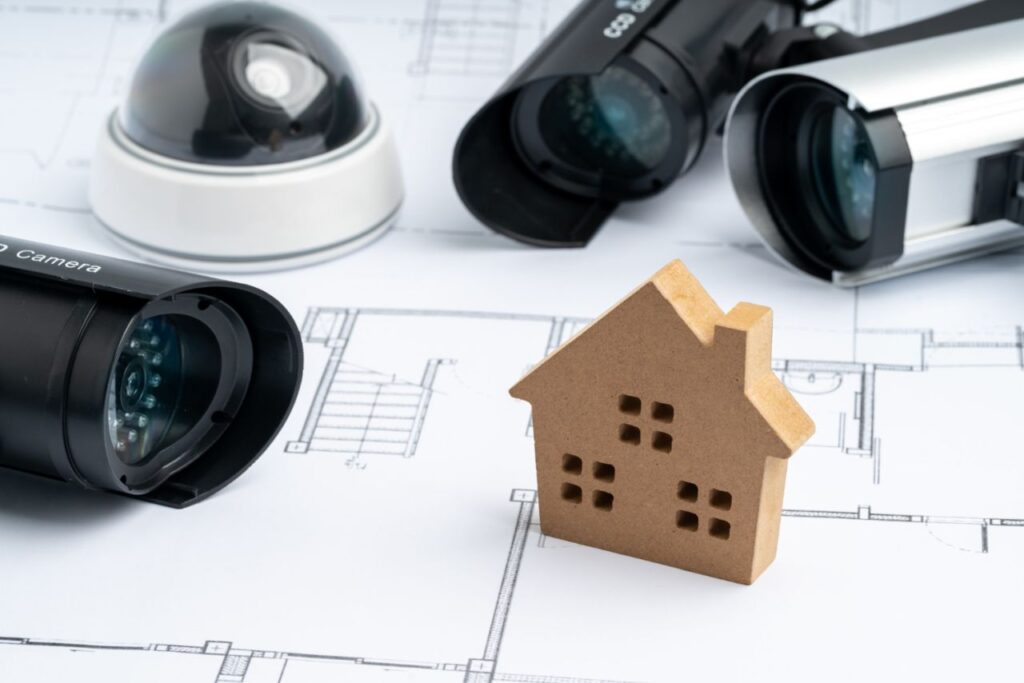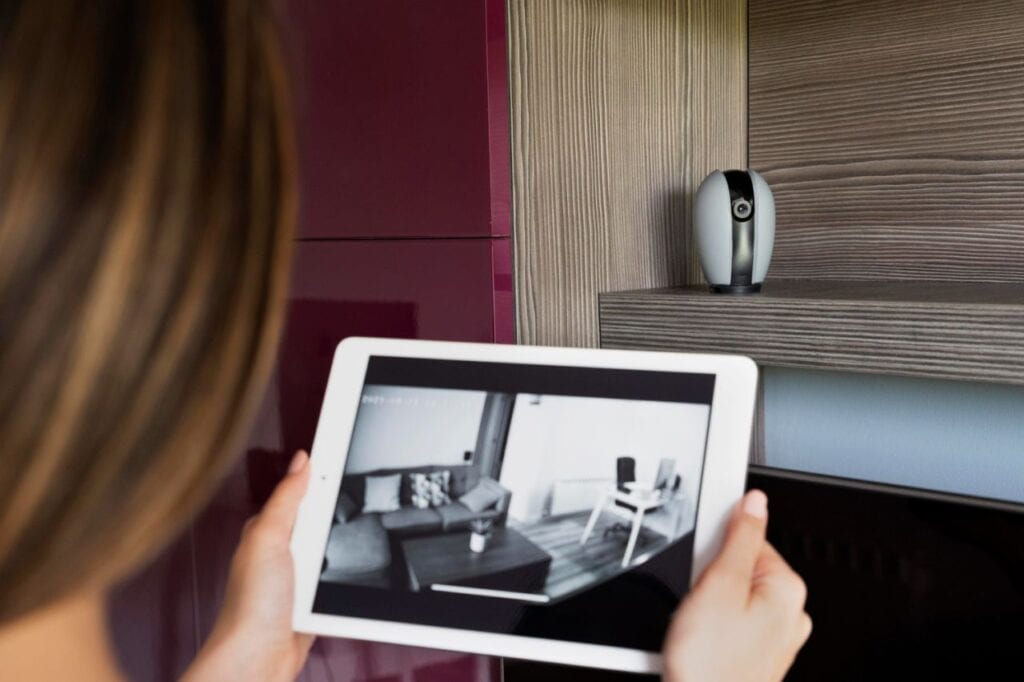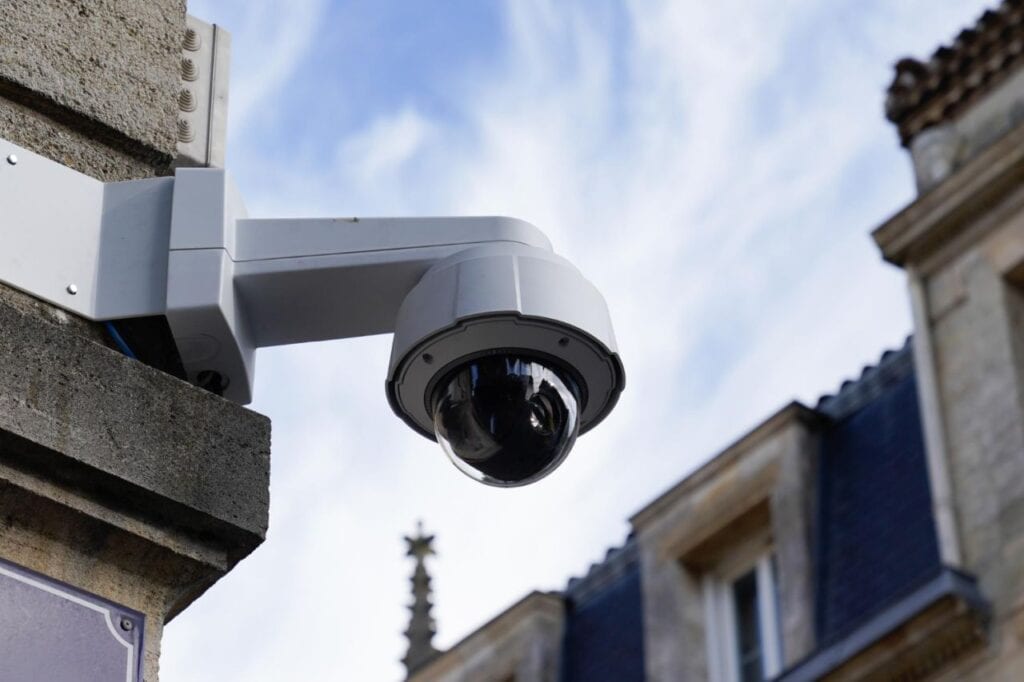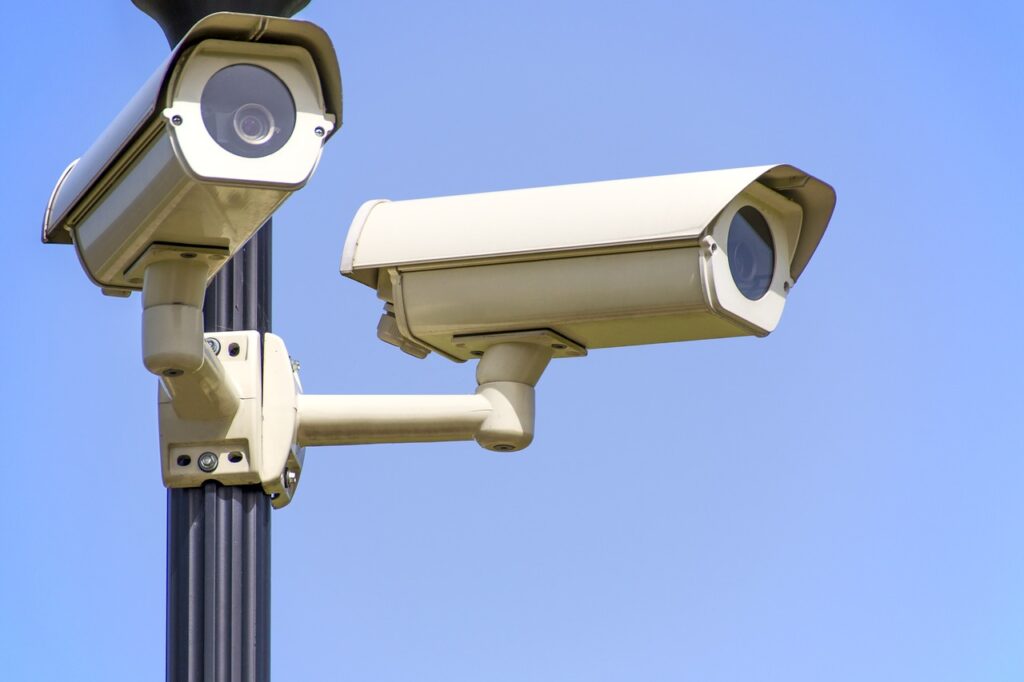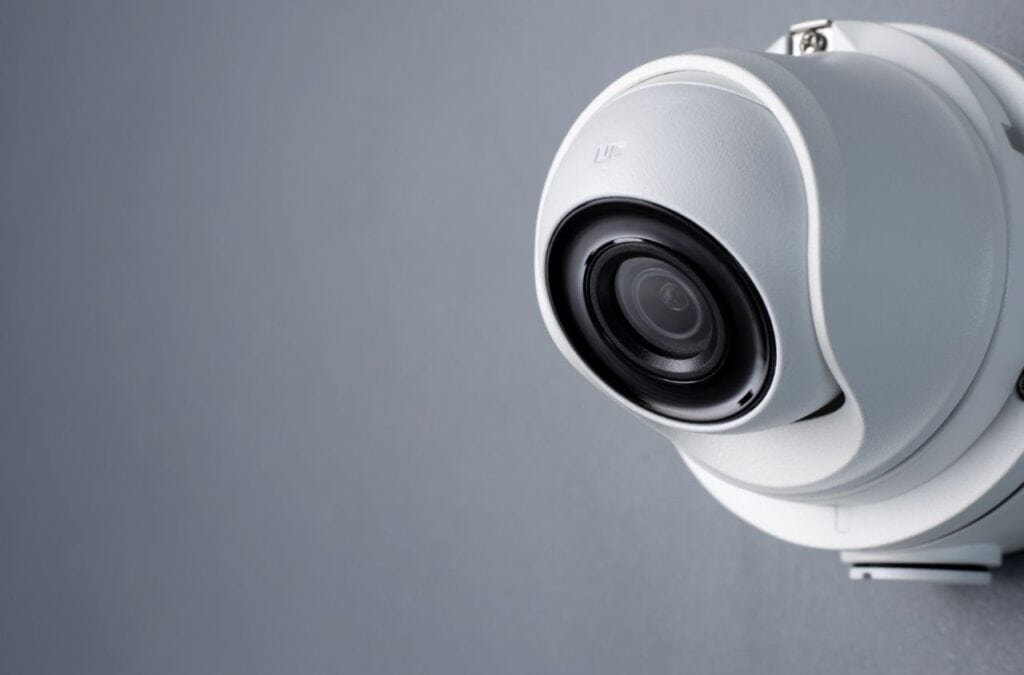Do you want to keep your family safe from attackers and consider installing a wireless security system? So, you might be wondering if it's safe to put your trust in them. Wireless burglar alarms have advanced greatly in recent years, and more and more households are opting to install them. The system's advantages and disadvantages must be weighed carefully before a decision is made, as is the case with any form of security. To assist you decide whether or not to invest in a wireless intruder alarm system, we'll be taking a closer look at their reliability in this post.
The Value Of Burglar Alarms
The benefits of burglar alarms for homes and businesses are easy to explain. Put another way, time is of the essence during break-ins, and burglar alarms help get the word out to nearby residents as soon as a security breach occurs. That's why it's so important to know the basics about burglar alarms, such what they are, what they do, and, most importantly, how they work.
Frequently Asked Questions About Alarms
Security and protection systems are various means or devices designed to guard persons and property against a broad range of hazards, including crime, fire, accidents, espionage, sabotage, subversion, and attack. Related Topics: lock fire prevention and control computer security fence personal identification number.
One of the reasons why security systems are critical is to protect your home and your family. Security systems protect the members of your family from burglars and intruders. In typical situations, the mere presence of a security system would ward off burglars and intruders.
How does a security system work? Security systems work by communicating with the control panel or command centre installed in a well-protected area inside the home. Then, the devices and sensors are installed in their respective places to safeguard the vicinity they're installed to.
Commercial alarm systems fall into two categories, fire and security. In many instances, these two functions can be highly integrated and monitored from a central control point. Certain features may overlap.
Put simply; a smart alarm system is an alarm that you can control through a dedicated security app on your smartphone, tablet or Apple Watch. It's typically wireless and includes a keypad, siren alarm and smart motion sensors.
Explain The Workings Of A Burglar Alarm
A burglar alarm can be installed on a building by placing a series of electronic components strategically throughout the interior and outside. When motion or the opening of doors and windows are detected, the alarm goes off to alert anyone around. These systems are ubiquitous because they are universally recognised as essential for maintaining a secure environment.
Instances Wherein Burglar Alarms Can Be Used
The question therefore becomes, where and when are burglar alarms used? A few of the many possible uses for a burglar alarm system are:
- Locations of a commercial or industrial nature
- Private dwellings and carports
- Establishments open to the public such as stores, restaurants, and hotels
- Places to store things
The aforementioned is merely an overview, and alarms are useful anywhere there is room for improvement in terms of safety.

Can I Trust A Wireless Burglar Alarm?
Potential new security system buyers frequently ask whether or not wireless burglar alarms can be relied upon. It's understandable that some individuals might be wary of using a wireless alarm system, given the technology's chequered past. Insufficient receiving range and monitoring capabilities plagued many of the earlier wireless devices, making it impossible for them to pick up signals from all of the areas they were expected to cover or notify users of any potential defects. The unreliability of the alarm is a direct result of the fact that not all breaches may have been picked up by the primary system.
To our great relief, however, wireless technology has made tremendous strides in recent years. Due to the rarity of interference in wireless systems, sensors' reactions can be unpredictable. The problem is that there is the possibility of interference.
As long as they are routinely serviced, wireless burglar alarms are just as reliable as their hardwired counterparts. If you are on the fence regarding whether or not a wireless burglar alarm is the best option for your house, think about the benefits listed below.
Wireless Intruder Alarms And Their Advantages
- Wireless security alarms are far easier to set up than their hardwired counterparts.
- Due to the reduced labour requirements, wireless alarm systems can be deployed for less money.
- The absence of wires gives wireless systems a significantly cleaner look than their wired counterparts.
- Incredibly flexible options exist for wireless systems. Additions like door/window sensors and motion detectors can greatly improve your system.
- If you have wireless security options, you can link your alarm to your electronic gadgets (network connection required). In other words, you can control your wireless alarm, as well as get notifications, from your pocket-sized smartphone.
- Some home security systems have a wireless alarm that may be disarmed with a key fob when the homeowner approaches the house. As a result, you won't be able to accidentally trigger the system when on your own land. Additional wirelessly enabled features can be found in certain alternative security systems.
- If you decide to relocate to a new residence or place of business, you can simply take your wireless burglar alarm with you.
What Is The Function Of A Security System?
The vast variety of burglar alarm systems available today means they may serve a wide range of purposes and satisfy many different types of clients. The system's intended response should be deliberated over as well, in case it needs to be activated. The three most common types of burglar alarms are as follows:
- There are systems that only contain bells, which sound an alarm and do nothing else; these are called bells-only systems.
- Communicators or voice dialers are a type of system that may instantly transmit a message to a large group of people by calling each of their numbers in turn.
- Systems that are monitored have the alarm signals sent to an outside facility, such as a call centre, where they are processed and then acted upon.
No matter the kind or model, a burglar alarm typically involves the following procedures:
- To determine whether or not a door or window is closed, a sensor will make contact with the frame and record the event as a motion detection. Closed doors and windows create a noticeable wind resistance. Strategically placed motion detectors can also start the alarm timer if they sense movement on the property. The perimeter of a facility can be guarded using any one of several types of detectors.
- Sensor data is relayed to a central control unit, which is in turn connected to all other installed components. If this contact is moved or disturbed, the circuit will be broken, setting off the alarm.
- Warning signal has been issued; alarm will sound if abort code is not input. Typically installed on an outside wall, the system is linked to a bell or siren located elsewhere on the property. When an intruder attempts to enter a building, this device will sound an alarm.
- Another deterrent is an internal sounder that may be heard by any resident to let them know when an incident has been discovered.
Disarming the alarm system is as simple as entering a numerical code or using a key fob with this control panel. The security system has been disarmed. Smartphones and other mobile devices can run apps that let you set and disable your alarm system from afar.
There Are Primarily Three Distinct Categories Of Alarm Systems
The burglar alarm's various features and parts work together as an integrated electrical system to identify intrusion and sound the appropriate alarm. Numerous criteria determine which of many available alarm systems is best for a certain residence or business. Most commonly encountered are the following three types of systems:
- Wireless
- Hybrid systems
- Hard Wired
Today's numerous systems "monitor" to an ARC, which stands for alarm reception centre, once an intruder is detected within one of them. This has the benefit of notifying a person at the ARC facility, who will then contact the key holders of the alert (or the police).
Routine Maintenance Of Your Home Security System
It's important to keep up with regular maintenance since it can help you spot issues before they become catastrophic. By way of illustration, yearly inspections are included in Fire Action's maintenance contracts for home security systems (twice a year if you want a police-monitoring contract).
The Basics Of Burglar Alarms: A User's Manual
Is it something that has ever interested you to learn how burglar alarms work? While there is a wide range of alarm setups to choose from, the most common arrangement has a network of motion detectors, door/window sensors, and a control panel to coordinate everything. These parts work together to monitor your property for security breaches and alert you or the authorities if any are detected.
Safeguarding The Periphery
Typical burglar alarms monitor the perimeter of a building or residence and sound an alert if a door or window is opened or broken. Both open and closed circuits are forms of electric circuits that can result from these interactions.
In most cases, a closed circuit is the norm. If electricity is circling your home at all times, and you accidentally break the circuit by opening a door or window, the power will immediately go out. If this occurs, the alarm will go off and the associated notification will be sent. If the thief cuts the power, the closed-circuit security system will likewise go off because the circuit has been broken. In an open-circuit system, the window must be opened to complete the circuit and start the flow of electricity; for example, the alarm goes off.
Detectors For Doors And Windows
A burglar alarm system has multiple possible triggers for its alarm circuits. They can initially be triggered by door sensors, which are magnetic switches set into the door frame and designed to interact with a magnet on the door. With the door locked, the switch must be yanked across to the opposite side to complete the circuit. The alarm relay is set off whenever the door is opened since this breaks the circuit. Similar mechanisms are used for window sensors, with a switch mounted to the casing and a magnet attached to the door itself.
One common type of trigger is a button set into the frame of a door or window, which is activated by the closing of the door or window and depressed when it is opened. Pressing this button causes the door or window to close. It's a push button alarm, so when you press it, a spring will be released and the alarm will go off.
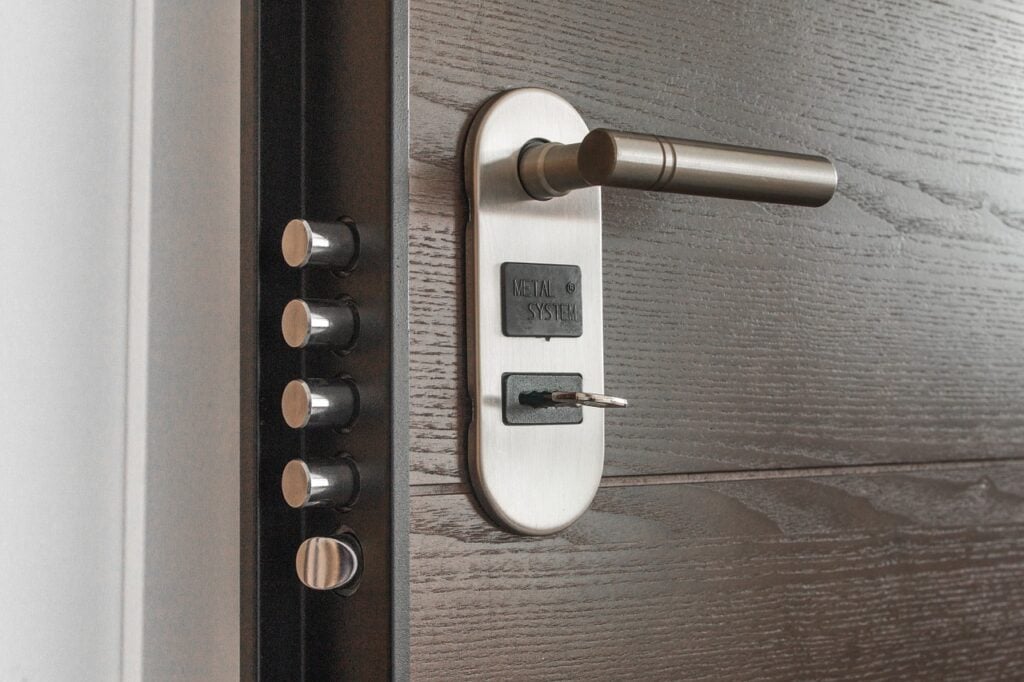
What Can I Do With The Settings Menu?
When there is a problem with the electric circuit, the control panel will sound an alarm and notify the safety system. This control panel has its own generator, so the intruder will not be able to cut off the power to the facility before he or she breaches the defences. In the event of a power outage, the Control Panel can either sound an alarm or notify the security company, or both.
The alarm can be easily set and disarmed via a touchpad or touchscreen located on the Control Panel. Most alarms need you to enter a personal identification number (PIN) into a touchpad in order to turn off the loud alarm. Be aware that the panel and the touchpad are not always in the same place. To make it harder for would-be burglars to find and deactivate, the panel is often hidden in an inconspicuous place.
The Operation Of A Wireless Security System.
In the same ways as wired burglar alarms protect your home, wireless alarms do as well, with the difference being that the sensors in a wireless alarm system use radio frequency to connect with the alarm's control panel. Following that, the control panel can talk to you or the security company via a wired or wireless connection; commonly, WiFi, Bluetooth, or a cellular signal are utilised. It is not uncommon for these systems to work in tandem with other forms of smart home technology like Z-Wave.
Infrared And Motion Detection Systems
Installing a circuit alarm system around the exterior of your home or company is a great way to deter intruders and monitor for break-ins through the windows and doors. What, though, if the intruder is outside the building, or if it turns out that they have already made it inside? This is the point at which the game makes use of motion sensors.
Motion detectors that use radar technology keep an eye on rooms by radiating brief bursts of microwave radiation into the area. This energy is then returned to the motion sensor in the identical form that it was sent. If the motion detector detects that the room's established pattern has been broken, as it would if an intruder were there, an alert will sound.
Contrarily, photo-Sensor motion detectors emit beams of light that can interact with a light sensor to complete a circuit. When something in the room shifts and disrupts the light signal, the sensor picks up on this change and alerts the command centre.
Passive infrared detectors, or PIRs, are a step up from standard detectors. These sensors' sensitivity to infrared energy allows them to pick up on sudden temperature spikes, such as those caused by an intruder's entry into an empty room. A motion detector in the room will alert the control panel as soon as it detects motion, setting off the alarm.
Is There Any Way A Burglar Can Get Inside?
Alarm systems typically sound an audible alarm when they detect a breach, alerting nearby people and maybe scaring away the robber. An expert security firm is in charge of keeping tabs on a sizable number of burglar alarms. When the alarm is activated by a break-in or other disruption, the company is informed instantly. A monitoring company will get in touch with the site's designated emergency contact, verify the situation, and alert the police or fire department if necessary.
Conclusion
The technological sophistication of wireless burglar alarms has grown substantially in recent years. People are deciding to put them in their homes at a higher rate. The alarm will sound if it detects any movement or the opening of any doors or windows. When a security violation happens, burglar alarms can alert neighbours immediately. Installing a wireless security system is much less complicated than wiring one in.
Wireless security systems can be implemented at a lower cost due to the much reduced labour needed for their installation. An optional feature of some home security systems is a wireless alarm that may be silenced by the homeowner's approach using a key fob. The following are the usual components of a burglar alarm system: All of the sensors' readings are sent to a single control hub that is wired to everything else. This device triggers an alert whenever an unauthorised person tries to enter a building.
The alarm system can be easily disarmed by inputting a code or using a key fob. The majority of burglar alarms today keep tabs on the building's or home's exterior and trigger an alarm if a door or window is opened or smashed. Networks of motion detectors, door/window sensors, and a central control panel are the most typical components of such an installation. Maintaining your home security system on a regular basis is crucial. Several different events can set off the alarm in a burglar alarm system.
There is a magnet on the door frame that communicates with the door sensor. A switch fixed to the housing and a magnet fastened to the door are employed in window sensors. Using the Control Panel's touchpad or touchscreen, the alarm can be quickly and conveniently disabled. In a wireless alarm system, sensors talk to the main hub using radio waves. Connected via WiFi, Bluetooth, or cellular signals, they can communicate with you or the security firm.
As the name suggests, photo-sensor motion detectors send out beams of light that can interact with a light sensor to make a circuit. Compared to regular detectors, PIRs (passive infrared detectors) are superior. These sensors are sensitive enough to infrared energy to detect rapid changes in temperature.
Content Summary
- You might be asking, then, if it is reasonable to put your faith in them.
- The technology behind wireless burglar alarms has come a long way in recent years, and more and more homes are electing to instal them.
- Like any form of security, the system's pros and cons must be thoroughly considered before a decision is taken.
- In this piece, we'll investigate the dependability of wireless intruder alarm systems to help you decide whether or not to purchase one.
- The Importance of Security Systems Understanding the value of a burglar alarm system for your house or business is simple.
- This is why it's crucial to have a fundamental understanding of burglar alarms, including their purpose, construction, and operation.
- Lay out how a burglar alarm system functions.
- Situations Where Intruder Alarms Are Useful So, when and where do people utilise burglar alarms?
- However, wireless technology has made fantastic progress in recent years, much to our relief. In the same way that hardwired burglar alarms are reliable as long as they are serviced regularly, so too are wireless ones.
- Think about the following advantages of a wireless burglar alarm if you're still on the fence about whether or not it's the ideal choice for your home.
- Wireless systems can be configured in a wide variety of ways. You can connect your alarm to your electronics if you have wireless security choices (network connection required).
- Not all security systems are the same, and some offer additional wirelessly enabled functions.
- Anytime you move to a new home or office, you can easily take your wireless security system with you.
- Since there are so many options, burglar alarms can be tailored to meet the needs of a wide spectrum of customers.
- One type of alarm system is known as a bells-only system since it solely uses bells to signal an emergency. Furthermore, motion detectors positioned strategically throughout the property might trigger the alarm timer should they detect any activity.
- With this control panel, disabling the alarm system is as easy as inputting a code or using a key fob. As a result, the alarm system can now be disabled.
- You may arm and disarm your security system from far away with the help of an app on your smartphone or other mobile device. In general, alarm systems can be broken down into three categories.
- All of the burglar alarm's electrical components and sensors collaborate to detect break-ins and trigger the proper alarm.
- There are a wide variety of factors that go into deciding which alarm system is ideal for a given home or business.
- There are many different alarm systems available, but the most common configuration has a series of motion detectors, door/window sensors, and a central control panel.
- Together, they can keep an eye out for intrusions on your property and sound an alarm, either for you or the authorities.
- The majority of burglar alarms today keep tabs on the building's or home's exterior and trigger an alarm if a door or window is opened or smashed. Typically, a closed circuit is assumed.
- A closed-circuit security system will also trigger an alarm if the power is switched off by a thief. Several different events can set off the alarm in a burglar alarm system.
- Installing a button into the door or window frame and programming it to be triggered by the shutting and opening of the door or window is a frequent method of triggering an event.
- When you push this button, the door or window will automatically close. The Control Panel can either trigger an alert or contact the security provider in the case of a power failure.
- A touchpad or touchscreen display on the Control Panel allows the alarm to be quickly set and disarmed. You should know that the panel and the touchpad are not always in the same spot.
- The sensors in a wireless alarm system communicate with the control panel through radio frequency, providing the same level of security as a traditional wired burglar alarm.
- The security system's control panel can then communicate with you or the monitoring centre via a wired or wireless connection, the latter of which is typically WiFi, Bluetooth, or a cellphone signal.
- These systems often complement other types of smart home technologies, such as Z-Wave.
- Motion and Infrared Detection Equipment
- As a preventative measure against break-ins through windows and doors, installing a circuit alarm system around the exterior of your home or business is a smart move.
- At this point, motion sensors become an integral part of the gameplay. On the other hand, photo-Sensor motion detectors send out rays of light that can interact with a light sensor to make a circuit.
- Compared to regular detectors, PIRs (passive infrared detectors) are superior. When a motion detector in the room senses activity, it will signal the control panel and trigger the alarm.
- A professional security agency is responsible for monitoring a large number of burglar alarms. The company is immediately notified whenever the alarm is triggered, be it by a break-in or another disruption.










